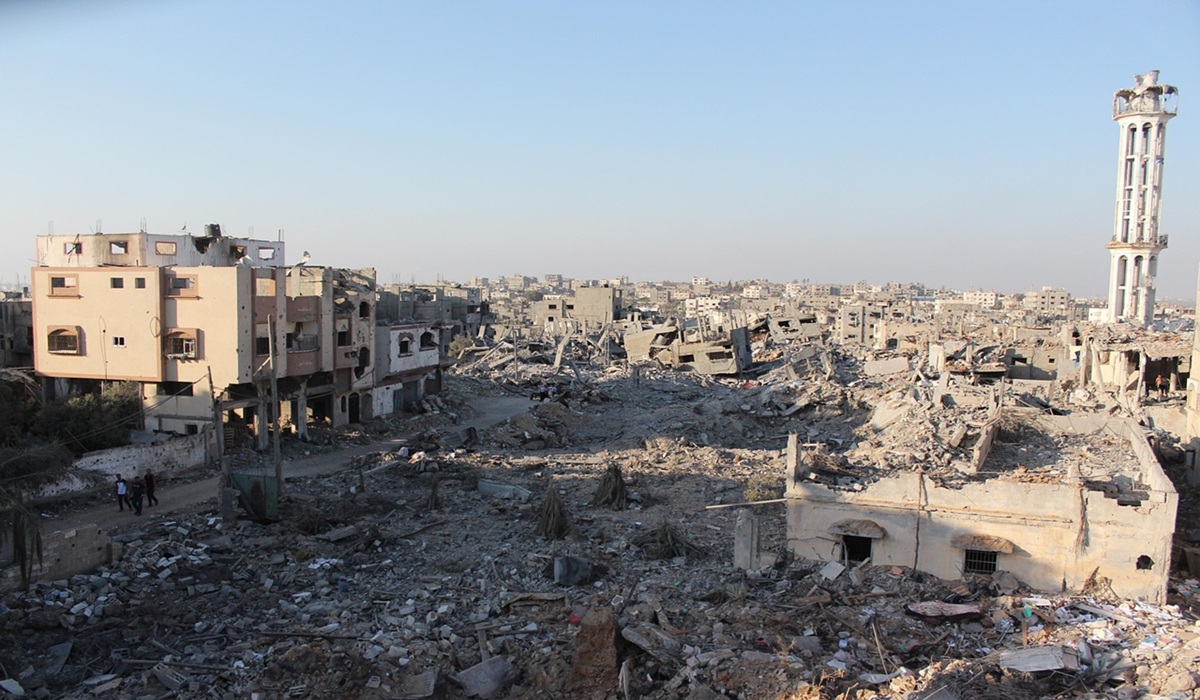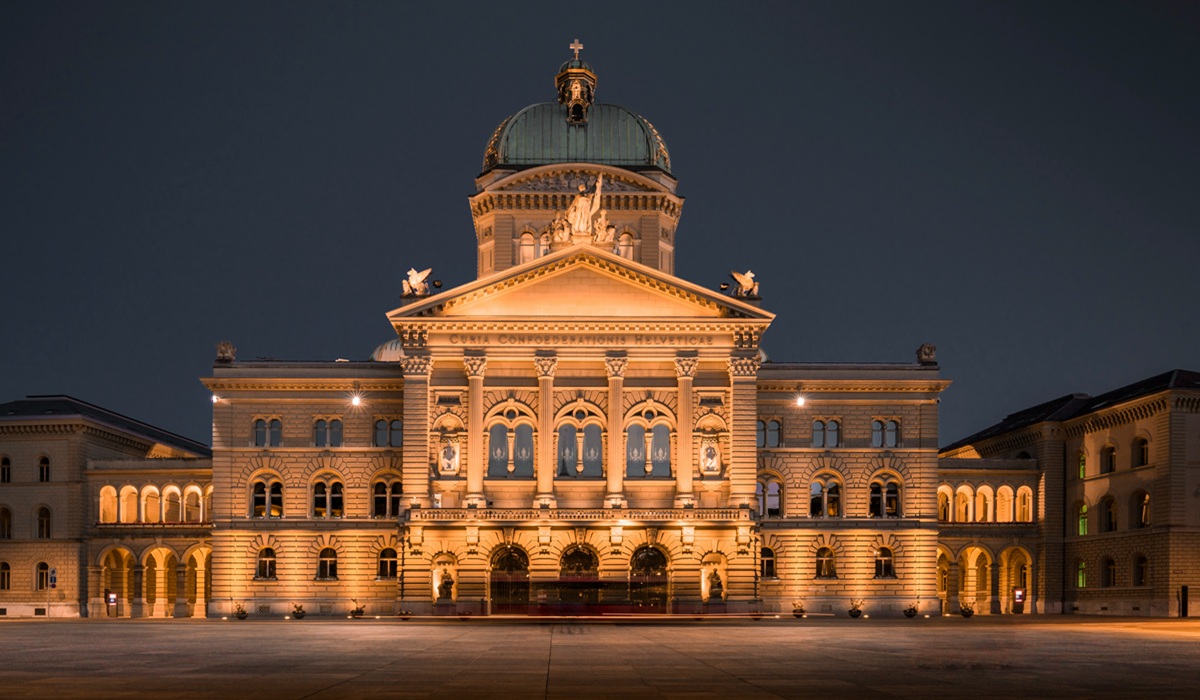Trump’s Gaza Plan: A Recipe for Permanent Instability
- Bakhtawar Naveed
- Middle East
- Trending News
- October 6, 2025

Image Credit: hosnysalah
Donald Trump’s return to political relevance has reignited debate over his approach to the Middle East. Among his revived ideas is a so-called Gaza Plan, a proposal that combines elements of his 2020 “Deal of the Century” with his transactional instincts and his campaign’s America-first populism. Presented as a blueprint for peace, the Trump Gaza Plan is in reality a formula for entrenching division, deepening Palestinian despair, and ensuring that the region remains trapped in perpetual instability.
At its core, the plan imagines Gaza not as a political entity with a right to self-determination but as a humanitarian burden to be managed, fenced, and eventually outsourced. It revives the notion that Gaza can be detached from the broader Palestinian national question, isolated under the pretext of “stability,” and rebuilt under Israeli supervision with money from Gulf states. This approach isn’t new—it’s a remix of the old fantasy that economic incentives can replace political rights.
Trump’s team has floated the idea of “safe zones” in Gaza and hinted that Arab states like Egypt, Jordan, and even Saudi Arabia might take responsibility for “security coordination.” The underlying assumption is clear: Israel keeps its strategic grip, Palestinians get limited autonomy, and Washington declares success. In Trump’s transactional worldview, peace is less about justice and more about optics—a deal to be sold rather than a conflict to be resolved.
The problem is that Gaza is not a real estate project or a development contract; it’s a political wound. For 18 years, the territory has lived under blockade, isolation, and repeated wars. More than 2 million Palestinians are confined within 140 square miles of shattered infrastructure, facing shortages of clean water, electricity, and medical supplies. Any plan that ignores the political roots of that suffering—occupation, displacement, and denial of sovereignty—cannot produce peace.
Trump’s proposal offers none of the ingredients required for stability: recognition of Palestinian statehood, an end to Israeli settlements, or guarantees for human rights. Instead, it leans heavily on coercion. Leaks from his advisers suggest the plan envisions “voluntary relocation” of Gazans to other Arab countries, framed as humanitarian resettlement. In reality, that’s displacement by another name—a rebranding of ethnic cleansing under the guise of reconstruction.
The plan’s logic mirrors Trump’s domestic policies: build walls, draw borders, and outsource responsibility. In this case, the “wall” is Gaza’s isolation, enforced by Israeli control and regional acquiescence. The “outsourcing” is the expectation that wealthy Gulf states will bankroll the rebuilding effort while staying silent about the lack of Palestinian sovereignty. Trump calls this “creative diplomacy.” To most observers, it looks like collective punishment repackaged as pragmatism.
The political consequences of such a plan would be disastrous. First, it would fracture what remains of Palestinian unity. By separating Gaza’s fate from that of the West Bank, Trump effectively buries the two-state framework and legitimizes the idea that Palestinians can live indefinitely under fragmented administration. Second, it would embolden Israel’s far-right leadership, who see in Trump a green light for annexation and military impunity. Finally, it would destabilize America’s relations with Arab and Muslim publics, who already view Washington as complicit in Gaza’s suffering.
Trump’s defenders argue that his tough-minded realism—his readiness to break taboos and force compromises—could bring results where traditional diplomacy failed. They point to the Abraham Accords as evidence that his transactional style can deliver peace deals. But the accords, whatever their merits, bypassed the Palestinians entirely. They normalized relations between Israel and Arab governments while leaving the core conflict untouched. If anything, they emboldened Israel to tighten its grip on Palestinian lands. Extending that logic to Gaza guarantees not peace, but perpetual crisis.
There is also the question of timing. The Gaza Plan emerges amid one of the worst humanitarian disasters in modern memory. Since the 2023–2025 war, Gaza’s cities lie in ruins, tens of thousands have been killed, and millions displaced. Reconstruction would require billions of dollars and years of international coordination. Yet Trump proposes to condition aid on “security guarantees” that effectively grant Israel veto power over Gaza’s future. Such conditionality transforms relief into leverage—it turns humanitarian aid into a political weapon.
America’s credibility as a mediator has already been shattered by decades of one-sided policies. Trump’s plan would finish the job. It signals to Palestinians that Washington sees them not as a people with rights but as a problem to be managed. It tells Israel that every violation—every settlement, every bombing campaign—can be justified in the name of “counterterrorism.” And it warns the wider world that U.S. diplomacy under Trump 2.0 will prioritize optics over ethics.
What Gaza needs is not a “Trump Plan” but a genuine peace process grounded in equality and accountability. That means recognizing Palestinian self-determination, enforcing international law, and ending the siege that has turned Gaza into an open-air prison. Without those foundations, no reconstruction fund or regional summit will deliver peace.
Trump’s Gaza Plan is less a roadmap than a mirage—a political stunt designed to project strength while masking moral bankruptcy. It reduces a decades-long struggle for freedom into a soundbite about “deals” and “security.” In doing so, it perpetuates the very cycle of violence it claims to solve. The world has seen enough plans that trade justice for expedience. Gaza does not need another.








